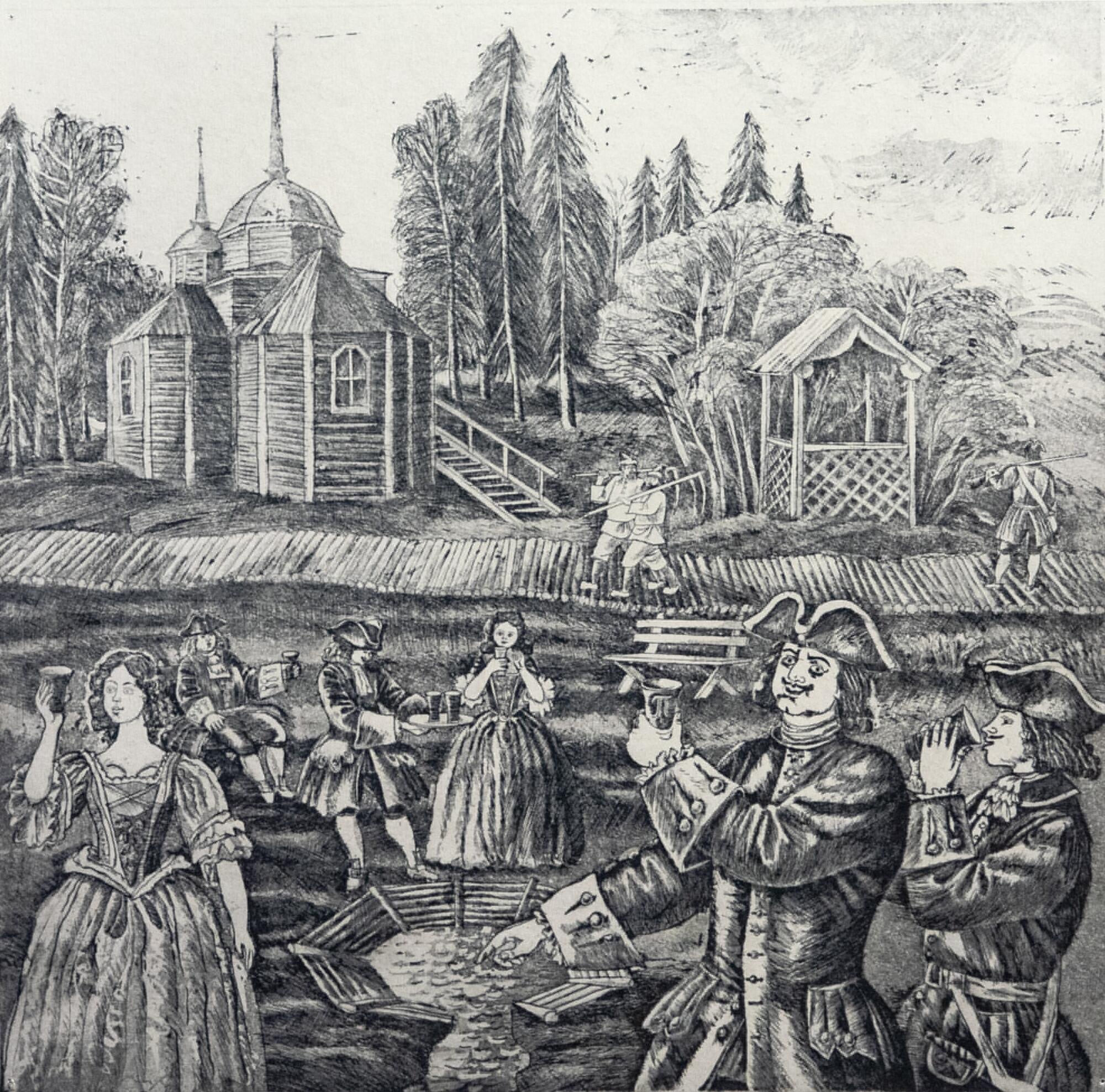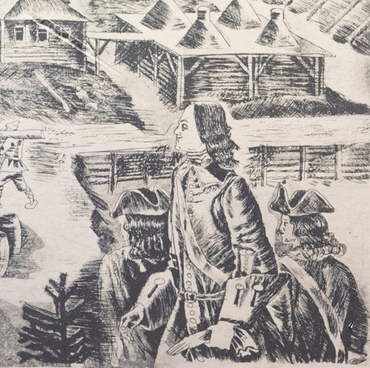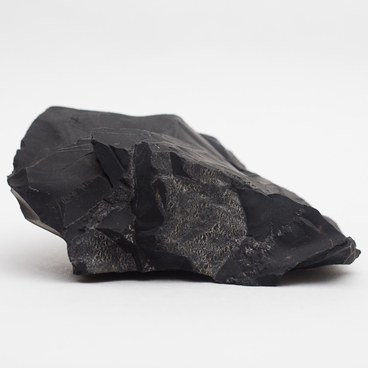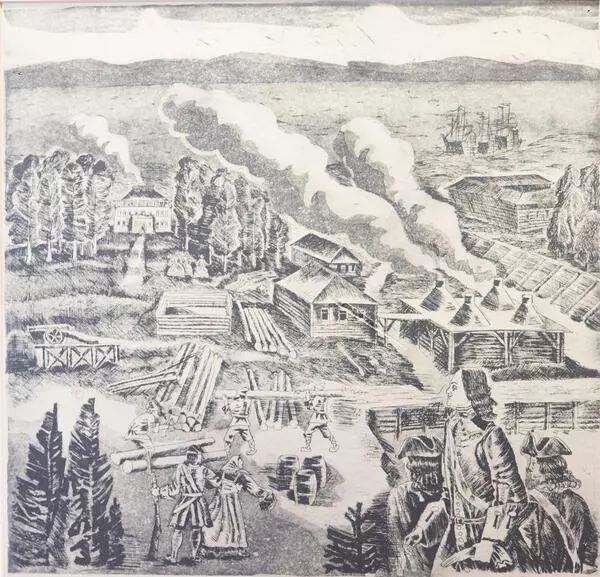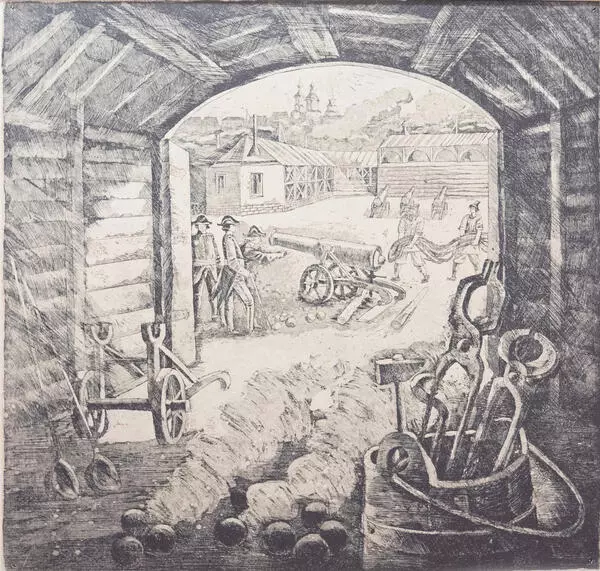“Marcial Waters” is the first Russian resort, founded by Peter the Great’s decree on March 20, 1719. Peter the Great and his wife Catherine Alekseyevna, visited the resort four times to take treatments and drink Marcial water: in 1719, 1720, 1722 and 1724. The Emperor spent a total of 92 days at the resort.
Akbulatov’s engraving “Tsar Peter at Marcial Waters Resort” depicts Peter the Great in the midst of his retinue and attendants. The vacationers drink water from a healing spring. In the background is the Church of Saint Peter the Apostle. It was built during Peter the Great’s reign and has survived to the present day in Karelia. The church was constructed in 1721, and consecrated a year later. During the 300 years it exists, the church has not changed much in the way it looks.
The history of Marcial Waters is unusual. In 1714, Ivan Reboev, a worker of Konchezersk copper plant, who had been suffering from heart disease “for many years”, discovered a spring. After he began to drink water from this spring, he recovered. Having learned of this curing, Wilhelm de Gennin, commandant of the Olonets Mining Plants, informed Peter the Great that a healing spring had been discovered. The Tsar sent Laurentius Blumentrost, a physician in ordinary from St. Petersburg to study the waters (later he became the first president of the St. Petersburg Academy of Sciences). Blumentrost tested the water, and the chemical analysis revealed the presence of iron. This characteristic led to its name — “Marcial” after Mars, the god of war and iron.
Surgeon Antony Ravinel, who served in the city capital military hospital, went to the resort to study the healing properties of the water from the spring. His work “Actual survey of different people about Marcial, Konchezersk waters efficacy, made by the surgeon Revelin in the month of January, 1718” described the improvements in the health state of those treated with the Marcial waters and was published in February 1718.
A wooden building (palace) for Peter the Great, who also used to come here for treatment, was built directly on the swamp near the water spring by the summer of 1718, and the village received the name — Dvortsy (Palaces). After Peter the Great’s death the resort began to fall into gradual disrepair. Almost all buildings of that time fell into ruins. The resort entered a new stage of development only in the Soviet days.
Akbulatov’s engraving “Tsar Peter at Marcial Waters Resort” depicts Peter the Great in the midst of his retinue and attendants. The vacationers drink water from a healing spring. In the background is the Church of Saint Peter the Apostle. It was built during Peter the Great’s reign and has survived to the present day in Karelia. The church was constructed in 1721, and consecrated a year later. During the 300 years it exists, the church has not changed much in the way it looks.
The history of Marcial Waters is unusual. In 1714, Ivan Reboev, a worker of Konchezersk copper plant, who had been suffering from heart disease “for many years”, discovered a spring. After he began to drink water from this spring, he recovered. Having learned of this curing, Wilhelm de Gennin, commandant of the Olonets Mining Plants, informed Peter the Great that a healing spring had been discovered. The Tsar sent Laurentius Blumentrost, a physician in ordinary from St. Petersburg to study the waters (later he became the first president of the St. Petersburg Academy of Sciences). Blumentrost tested the water, and the chemical analysis revealed the presence of iron. This characteristic led to its name — “Marcial” after Mars, the god of war and iron.
Surgeon Antony Ravinel, who served in the city capital military hospital, went to the resort to study the healing properties of the water from the spring. His work “Actual survey of different people about Marcial, Konchezersk waters efficacy, made by the surgeon Revelin in the month of January, 1718” described the improvements in the health state of those treated with the Marcial waters and was published in February 1718.
A wooden building (palace) for Peter the Great, who also used to come here for treatment, was built directly on the swamp near the water spring by the summer of 1718, and the village received the name — Dvortsy (Palaces). After Peter the Great’s death the resort began to fall into gradual disrepair. Almost all buildings of that time fell into ruins. The resort entered a new stage of development only in the Soviet days.
